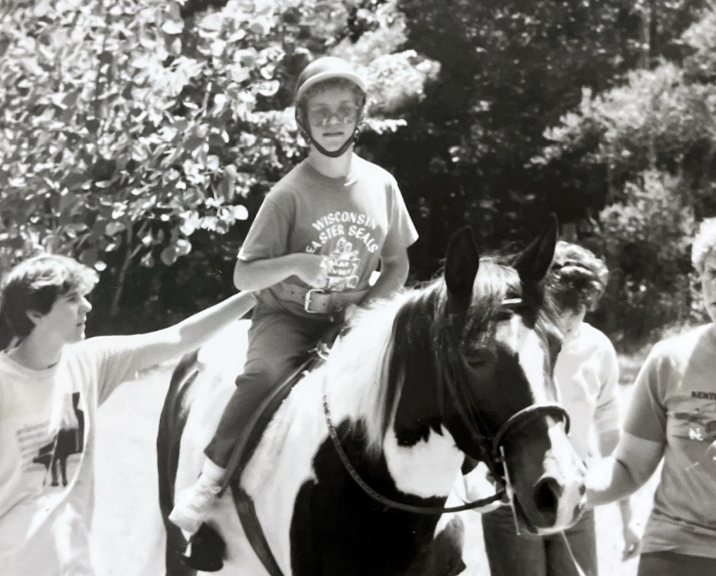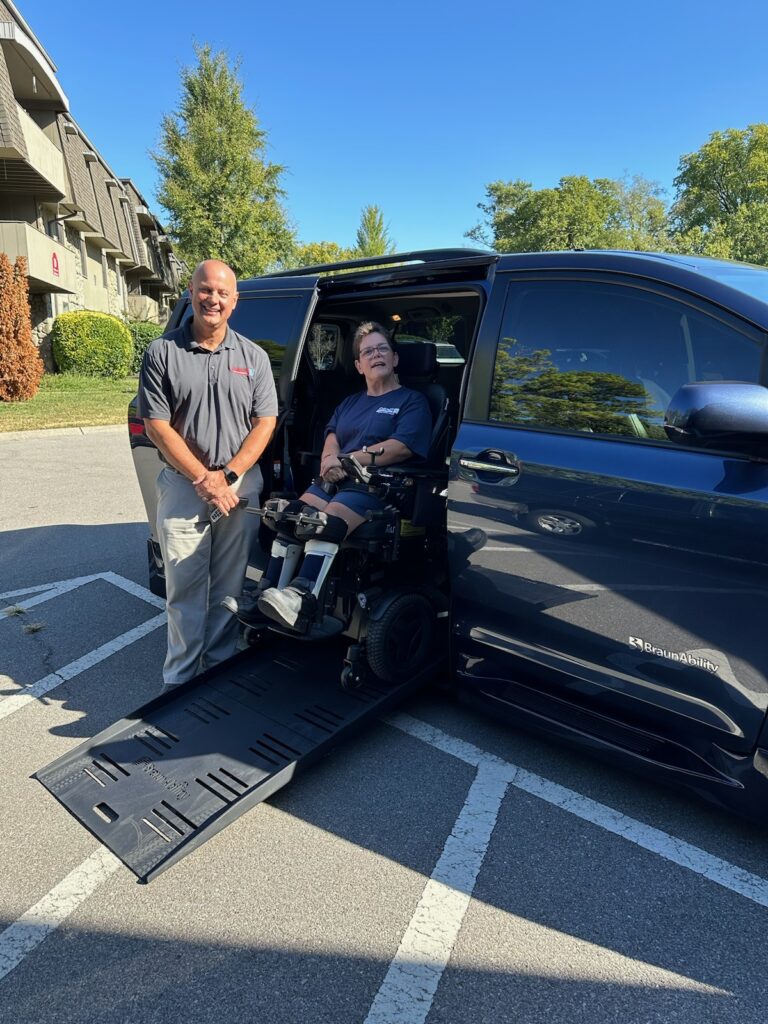
Caregiving 101: A First Glance at Aging in America
It’s old news that we are growing older as a nation, but only four in ten Americans, aged 40 to 70, know that 60 to 70 percent of 65-year-olds today will require long-term care services at some point in their lives.
There are more than 45 million caregivers for older adults. These are people who need information and support to make their lives easier.
Who Needs Our Care?
We need to be aware of our changing demographics. Statistics today will quickly become personal realities -- affecting our families, friends and neighbors.
- The number of people aged 85 or older—those most likely to need long-term care services is expected to increase by 74 percent between 2007 and 2030. (AARP Public Policy Institute. Across the States 2009. Profiles of Long Term Care and Independent Living.)
- In the next 20 years, one in five people will be 65 or older and this population is projected to grow by more than four times as fast as the population as a whole. (U.S. Census Bureau, Current Population Survey, Annual Social and Economic Supplement, 2008). And older adults are living longer, too.
The growing number of older adults will be trying to manage conditions like dementia, falls, diabetes, stroke and sensory losses. Thirteen percent of persons over the age of 65 have Alzheimer’s disease. (2009 Alzheimer’s Disease Facts and Figures, Washington, DC. Alzheimer’s Association.)
Older adults face an increasing need for transportation services. The average number of years a person continued to drive -- the driving expectancy -- was significantly less than overall life expectancy.
- Men and women who were still driving at ages 70 to 74 were expected to drive, on average, another 11 years. But these men were expected to live about 17 more years, and the women nearly 21 more years.
This gap between driving expectancy and overall life expectancy means men in this age group who stopped driving were dependent on alternative transportation for an average of six years. For women, the gap translated into about 10 years dependence on other transportation modes. (Foley, DJ, Heimovitz HK, Guralnik JM, Brock DB, "Driving Life Expectancy of Persons Aged 70 Years and Older in the United States," 'American Journal of Public Health,' vol. 92, no. 8 pp. 1284-1289.)
Who are Our Caregivers?
Caregivers are not just professionals. You are a caregiver if you provide social or physical support to an aging relative or friend or to a person with a disability.
- Family caregivers provide the overwhelming majority of long-term services in the U.S.,approximately 80 percent. (Thompson, L., Long-term care: Support for family caregivers [Issue Brief]. Washington, DC: Georgetown University, 2004 and Long-Term Care Financing Project, Long-term Care Users Range in Age and Most Do Not Live in Nursing Homes. U.S. Agency for Healthcare Research and Quality, November 8, 2000.)
The most common type of informal caregiving relationship is an adult child caring for an older parent.
- 1.4 million children ages eight to 18 provide care for an adult relative; 72 percent are caring for a parent or grandparent. (National Alliance for Caregiving and the United Hospital Fund, Young Caregivers in the U.S., 2005.)
The increasing number of older adults will put even more caregiving pressure on fewer middle generation adults.
- As the baby boomers turn age 85 between 2030 and 2050, the age 85+ population will skyrocket by another 118 percent. (U.S. Census Bureau, Current Population Survey, Annual Social and Economic Supplement, 2008)
The current nursing home facilities are ill-equipped to handle the growing number of older adults and this population will be more dependent on family for care.
- Current nursing home facilities are operating at an 88 percent capacity. (American Health Care Association, 2009).
We would rather ignore the statistics if we are not personally affected by them. But the truth is, it’s happening sooner than we think,
- First baby-boomers will turn 65 in 2011. (Administration on Aging).
It’s more common than we think,
- In the past 12 months, an estimated 65.7 million people in the U.S. have served as unpaid family caregivers to an adult or a child.
We don’t have the information we need to provide the best care for our loved ones;
- 78% of caregivers feel they need more help or information about at least one of 14 specific topics related to caregiving.
And caregiving duties will most likely fall on you or someone close to you.
- Family caregivers provide about 80 percent of all long-term care services in the U.S. (Metlife Mature Market Institute, 2001).
Without the right supports and information, the current situation will affect:
Our Health
- Family caregivers experiencing extreme stress have been shown to age prematurely. This level of stress can take as much as 10 years off of a family caregiver's life. (Elissa S. Epel, et al. From the Proceedings of the National Academy of Sciences, Dec 7, 2004, Vol 101, No. 49).
Our Jobs
Most caregivers work either full or part time while providing care (59 percent). (National Alliance for Caregiving with AARP and MetLife, 2004 in addition to their caregiving responsibilities).
- Family caregivers comprise 13 percent of the workforce. In one study, 37% of human resource directors did not feel that their organizations made a real and ongoing effort to inform employees of available assistance for managing work and family responsibilities. (Wagner, D. and Neal, M. (2002). Working Caregivers: Issues, Challenges and Opportunities for the Aging Network. National Family Caregivers Support Program, Program Development Issues Briefs, Administration on Aging, DHHS. Galinsky, E. and J.T. Bond. (1998). The 1998 Business Work-Life Study. New York: Families and Work Institute).
- More than half of working caregivers (57 percent) say they have to go into work late, leave early or take time off during the day to provide care. (National Alliance for Caregiving with AARP and MetLife, 2004).
For some adults with heavy caregiving responsibilities, the impact on their ability to work is significant. Some working caregivers reported having to (17 percent), shift from full-time to part-time work (10 percent), quit work entirely (6 percent), lose job benefits (5 percent), turn down a promotion (4 percent), or choose early retirement (3 percent). (National Alliance for Caregiving with AARP and MetLife, 2004).
Our Finances
Over the course of a caregiving “career,” family caregivers who provide intense personal care can lose as much as $659,000 in wages, pensions, and Social Security. (Dimensions of Family Caregiving: A Look Into the Future; Metlife Mature Market Institute, 2000).
And Our Economy.
- American businesses lose between $11 billion and $29 billion a year in reduced productivity costs related to caregiving responsibilities. This includes workplace disruptions, scheduled and unscheduled absences, leaves of absence, reduction from full- to part-time work, early retirements, and leaving work entirely to care for a loved one. (Metropolitan Life Insurance Company, 1997).
Next Steps
- Assess your loved one’s medical, financial and transportation needs.
- Explore and discuss preferences in terms of care and living arrangements with the person you care for.
- Know there are resources, services and people to help.
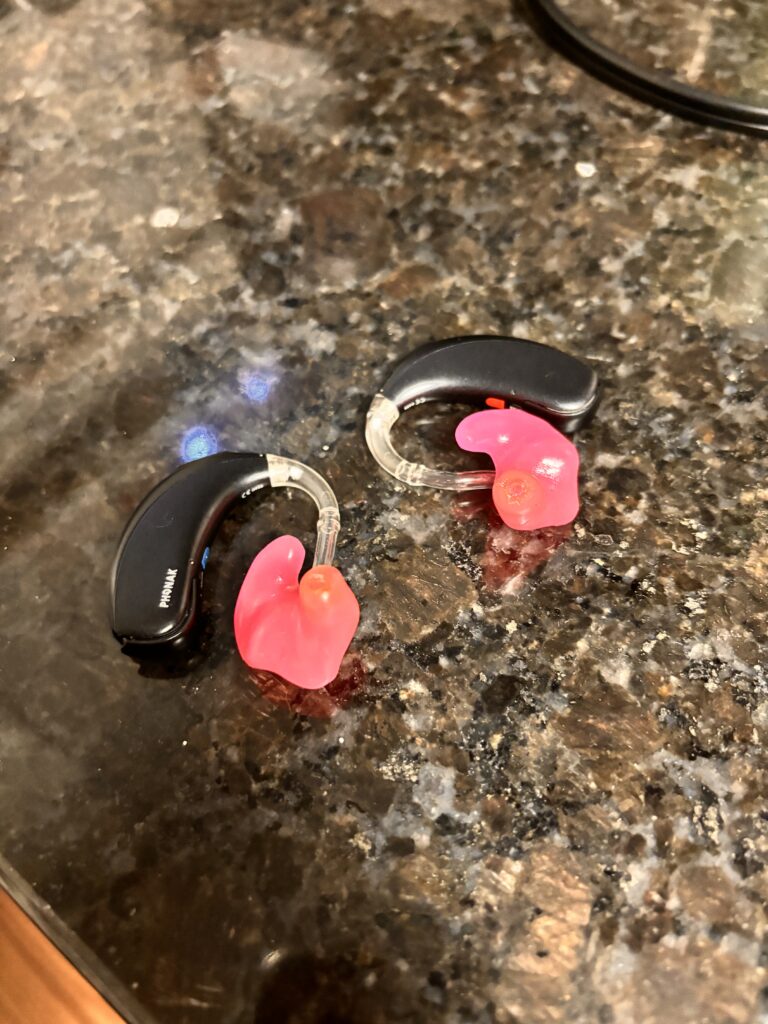 My social life took a hit. One-on-one socialization was okay, but being in a group setting was difficult. Being in two relationships with hearing men and going to family dinners where none of them signed (except for my first ex-boyfriend) meant experiencing Dinner Table Syndrome, where a deaf person is surrounded by hearing people who don’t know sign language and put little effort into equal communication which causes the deaf person to miss out on conversation.
My social life took a hit. One-on-one socialization was okay, but being in a group setting was difficult. Being in two relationships with hearing men and going to family dinners where none of them signed (except for my first ex-boyfriend) meant experiencing Dinner Table Syndrome, where a deaf person is surrounded by hearing people who don’t know sign language and put little effort into equal communication which causes the deaf person to miss out on conversation.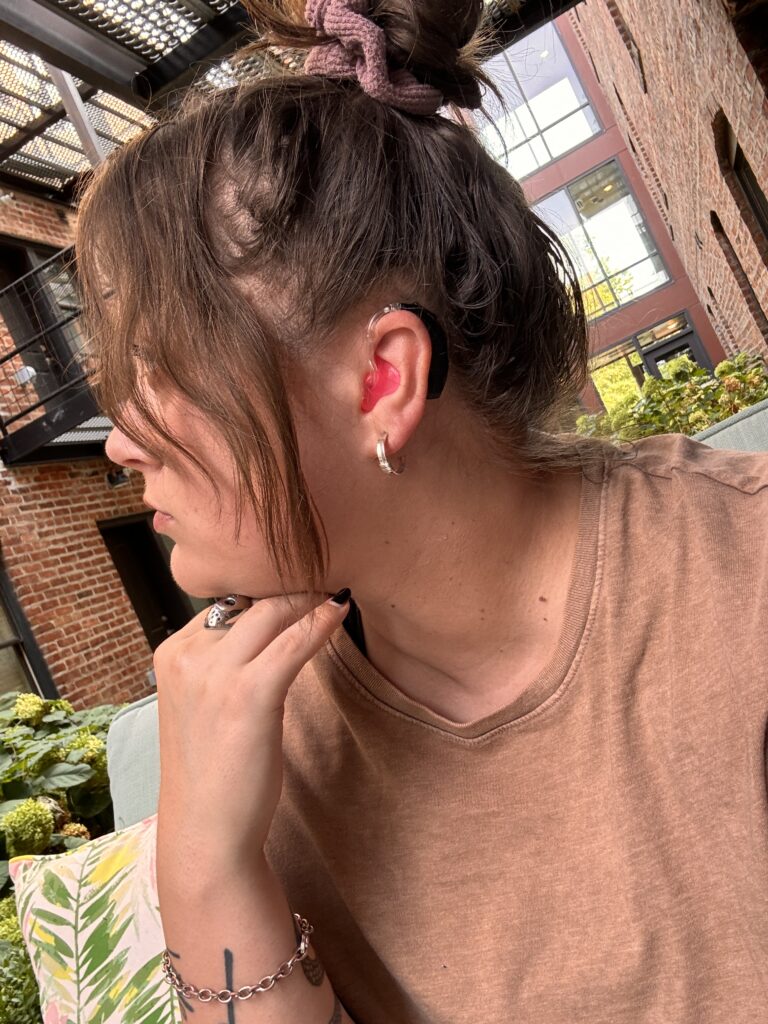 My hearing aids are the Phonak Naida P50 with black hardware and pink earmolds. (I’m slightly kicking myself for not getting black earmolds now.) They have Bluetooth, something I absolutely needed for work. I could stream my entertainment and my work content directly into my ears and I understood so much more than when I was using headphones and AirPods. When I finally figured out that I could connect them to my iMac, it changed the editing game for me. And even better, I got to take extra joy in my third rewatch of One Tree Hill.
My hearing aids are the Phonak Naida P50 with black hardware and pink earmolds. (I’m slightly kicking myself for not getting black earmolds now.) They have Bluetooth, something I absolutely needed for work. I could stream my entertainment and my work content directly into my ears and I understood so much more than when I was using headphones and AirPods. When I finally figured out that I could connect them to my iMac, it changed the editing game for me. And even better, I got to take extra joy in my third rewatch of One Tree Hill.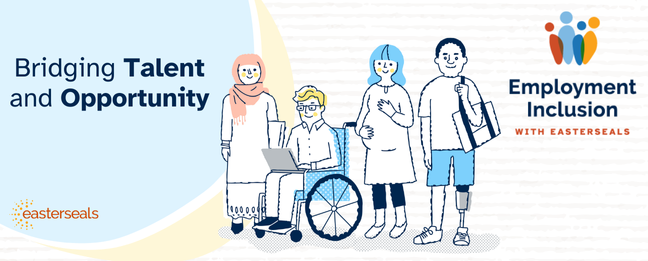
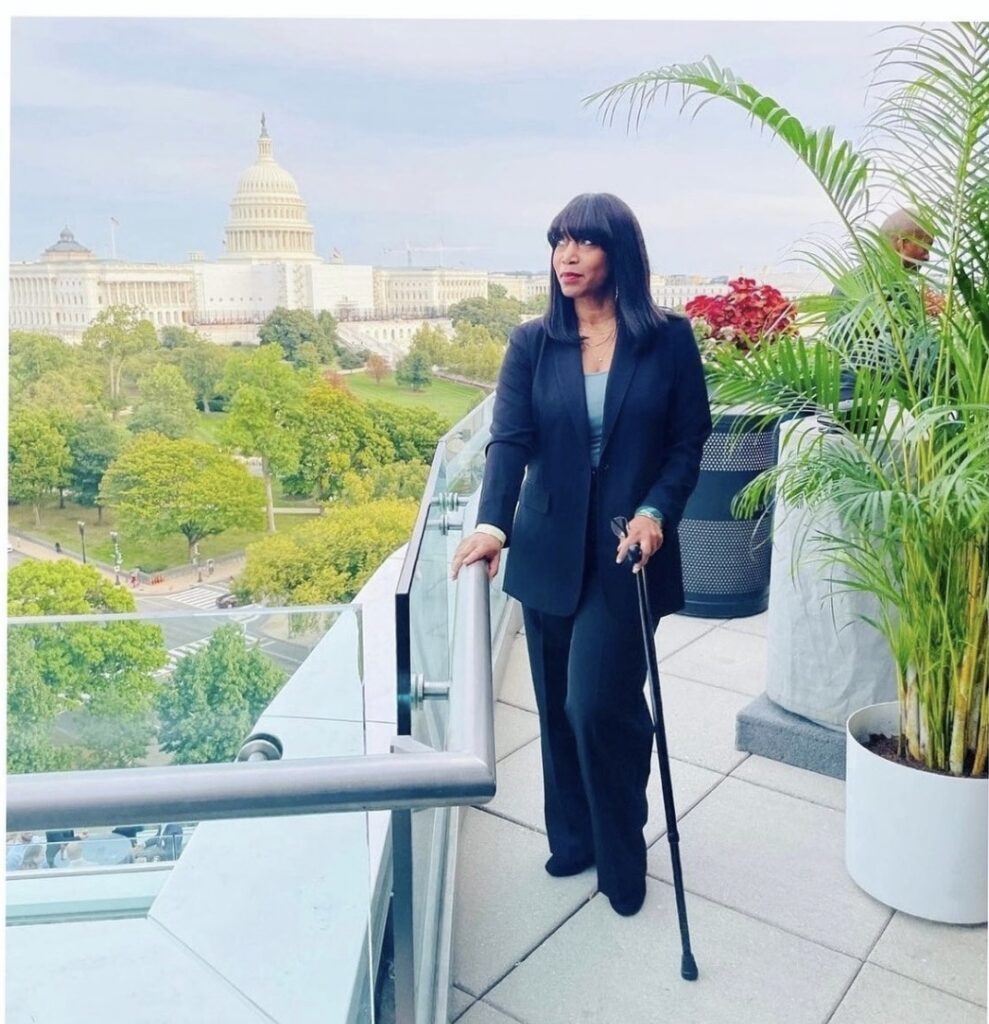
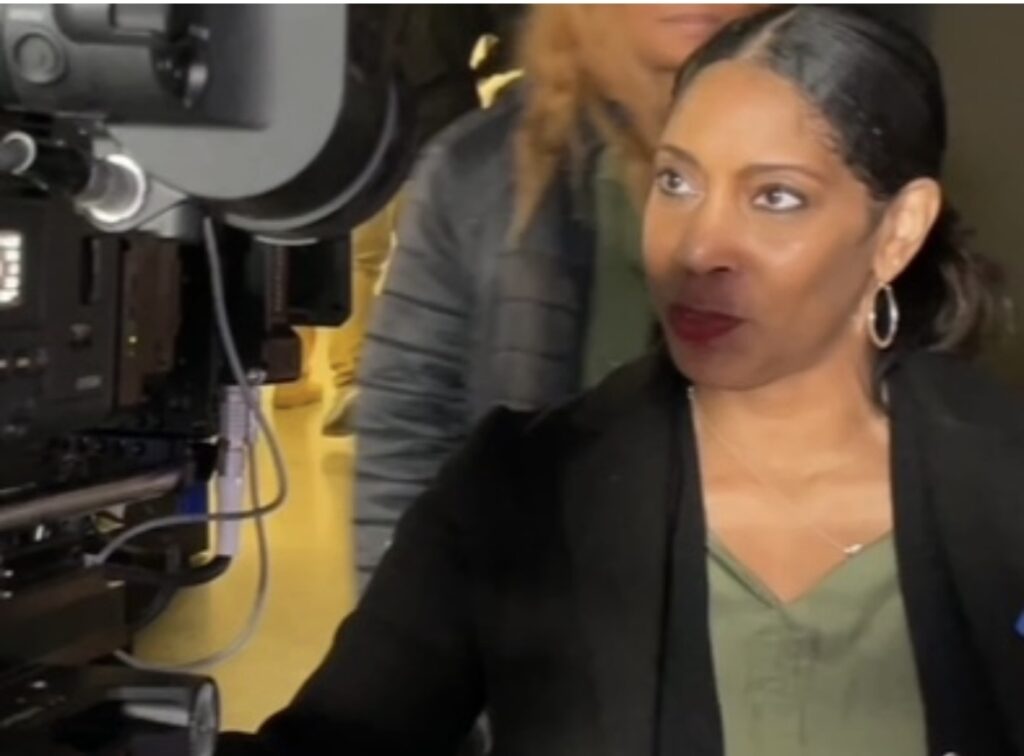 Tokenism is the practice of recruiting individuals with disabilities without even considering that there are qualified disabled candidates just to meet a quota. Tokenism limits opportunities for growth, real collaboration, and contribution. It is counterproductive to reduce employees to mere statistics. I am not a statistic but a human with lived experience. Tokenism not only hurts the experiences of disabled workers but also undermines the overall inclusivity of the organization.
Tokenism is the practice of recruiting individuals with disabilities without even considering that there are qualified disabled candidates just to meet a quota. Tokenism limits opportunities for growth, real collaboration, and contribution. It is counterproductive to reduce employees to mere statistics. I am not a statistic but a human with lived experience. Tokenism not only hurts the experiences of disabled workers but also undermines the overall inclusivity of the organization.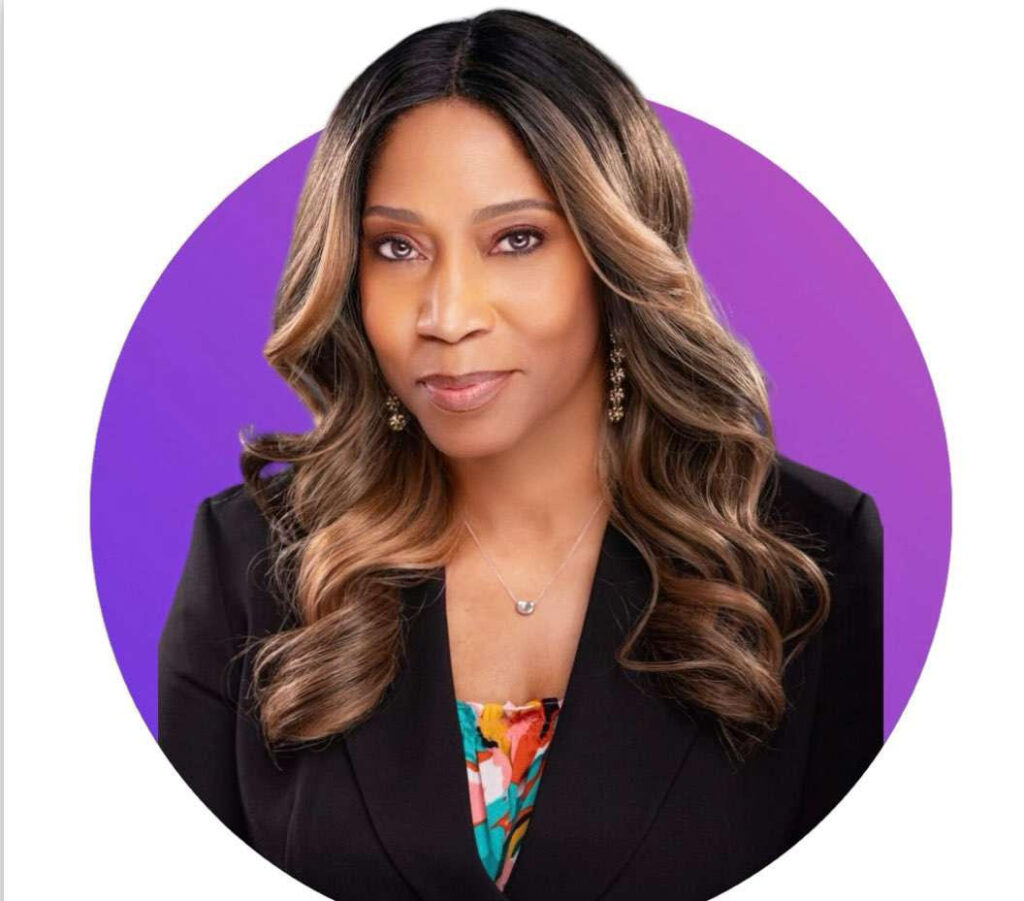 Andrea Jennings, M.Mus
Andrea Jennings, M.Mus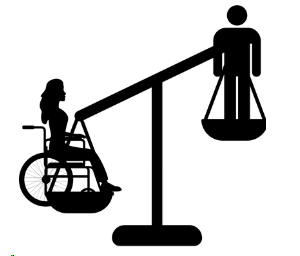 Of course, any one of these forms of discrimination can also happen at the intersection of other marginalized identities, only further impacting the individual and the organization. Being the recipient of employment discrimination can have long-term emotional, financial, and psychological impacts on someone’s life; however, it can also cause reduced productivity, cause higher turnover rates, have legal and financial repercussions, and cause a lack of diversity and inclusion within an organization.
Of course, any one of these forms of discrimination can also happen at the intersection of other marginalized identities, only further impacting the individual and the organization. Being the recipient of employment discrimination can have long-term emotional, financial, and psychological impacts on someone’s life; however, it can also cause reduced productivity, cause higher turnover rates, have legal and financial repercussions, and cause a lack of diversity and inclusion within an organization.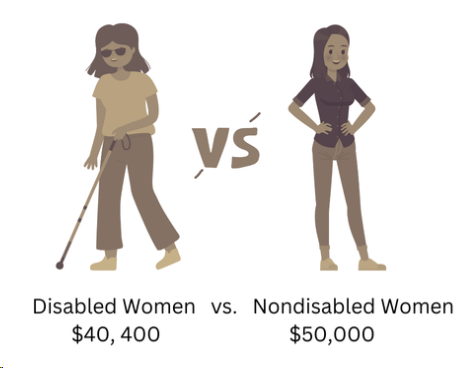 For example, we see a 20% wage gap between median annual earnings among nondisabled and disabled women in the United States.
For example, we see a 20% wage gap between median annual earnings among nondisabled and disabled women in the United States.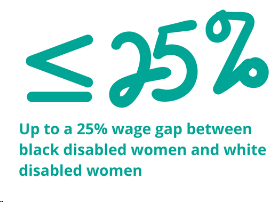 As a disabled woman, I find the above statistics to be sobering. But I couldn’t help but want real stories of real people I knew. So, like any good millennial, I took it to social media. As a disabled woman, employee, and mom, I asked over 1,400 friends, “what has employment discrimination looked like for you?” I received over 77 responses like:
As a disabled woman, I find the above statistics to be sobering. But I couldn’t help but want real stories of real people I knew. So, like any good millennial, I took it to social media. As a disabled woman, employee, and mom, I asked over 1,400 friends, “what has employment discrimination looked like for you?” I received over 77 responses like: 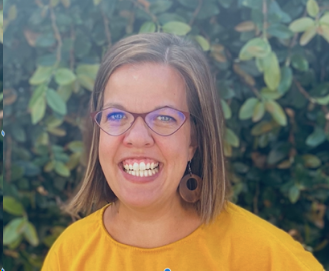 Leah Smith is the Associate Director of
Leah Smith is the Associate Director of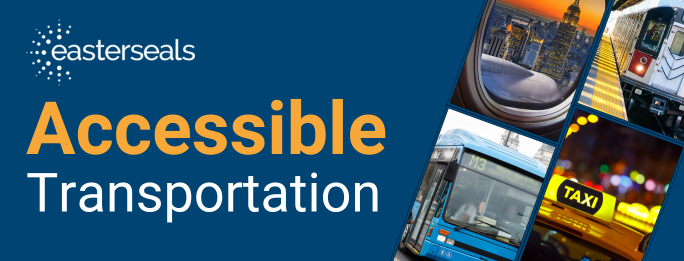 By Andrea Jennings
By Andrea Jennings 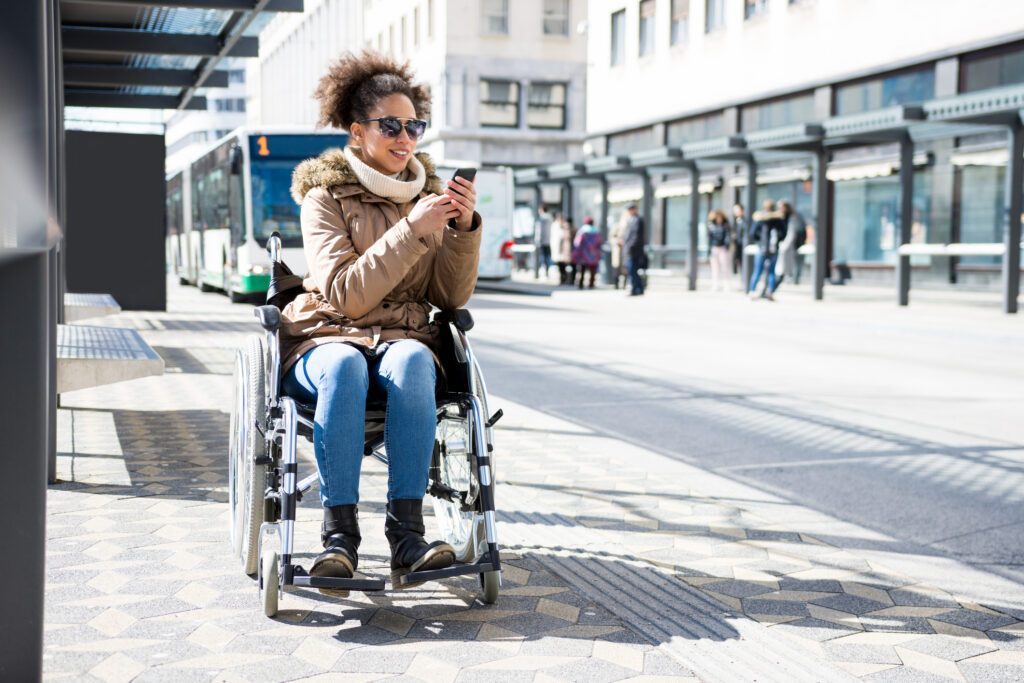 Practical Measures to Enhance Accessibility in Ground Transportation
Practical Measures to Enhance Accessibility in Ground Transportation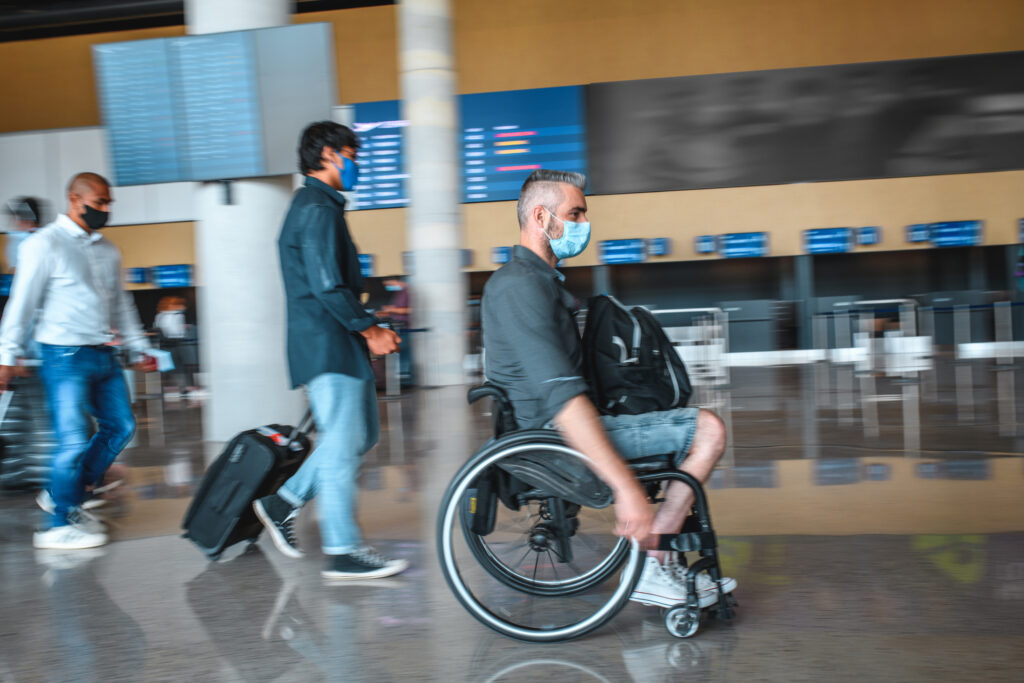 Air and Sea Travel Accessibility
Air and Sea Travel Accessibility